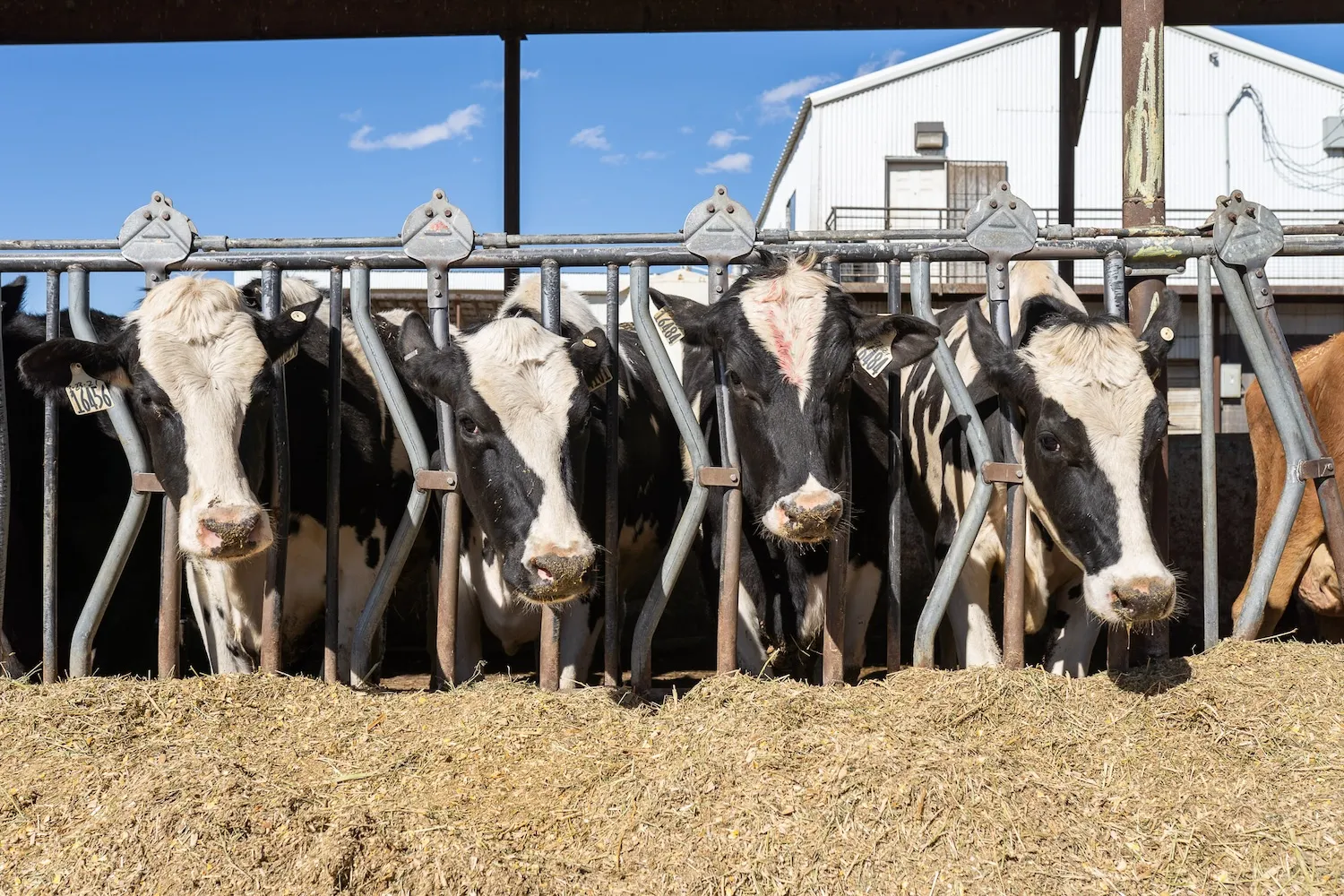
By Dr. Greg Goodell, Owner, The Dairy Authority, LLC
There once was a time when performing rectal palpation to diagnose pregnancies was a fundamental component of virtually every dairy veterinarian’s practice.
Then, about 2 decades ago, sample-based pregnancy diagnostic technology hit the market. It didn’t take long for our practice to embrace these tests – first with heifers, and then with milk cows of all ages.
When we diagnose pregnancy, our actual goal is not to identify the pregnant cows (they’re already pregnant!), but to find the open ones. It is the open animals that need immediate action to re-enroll in a synchronized breeding program, with the goal of still getting them pregnant in a timeframe that is efficient and profitable – or culling them to reduce feed costs.
The most popular sample-based pregnancy tests we use today are based on the presence of pregnancy-associated glycoproteins – or “PAGs” -- in samples from cows. The first commercially available tests evaluated blood samples for PAGs. Blood still is the most common fluid evaluated, but there now also are tests available that will evaluate milk for pregnancy.
Compared to rectal palpation, the sample-based assays are preferable in terms of:
%2520-%252022%2520(1).jpeg)
- Timeliness – Sample-based tests using blood may begin 60 days after calving and can be performed as early as 26-28 days since last heat. For milk, testing at 28 days since last heat or later is advised. This timely information allows you to address open animals quickly and efficiently. Additionally, palpation or ultrasound requires the veterinarian to by physically present, which often is not possible to schedule on the earliest possible day. The collection routine for blood or milk samples can be managed completely on your dairy according to your schedule, not ours.
- Accuracy – The major sample-based tests on the market have extremely accurate results of 98-99% sensitivity and 95% specificity. Even veterinarians who palpate hundreds of cows per week typically have accuracy rates that roughly match those results. For less- experienced practitioners, or those who are tired from long days of palpating, results can be less precise than the tests. Essentially, we give up no accuracy – and might actually gain a little – by using tests versus palpation.
- Efficiency and labor savings – Dairies that use these tests tend to operate like well-oiled machines. A capable team of 3 individuals can pretty easily manage gathering samples: one person wanding cows, and the other 2 drawing blood and marking and storing the samples. From our experience, this can happen in about a third of the time it would take to ultrasound or palpate the same group of cows. So, a pregnancy check that would take 6 hours with a veterinarian would only require 1-1/2 to 2 hours to draw blood samples. Everyone is struggling to find enough labor on dairies today, plus lock time for the cows is reduced dramatically, so dual issues are improved.
- Interfacing with other breeding protocols and tools – There is excellent synergy between timed A.I. programs; rumen- and activity-based heat detection programs such as (SCR®); and sample-based pregnancy testing. Depending on labor availability, holidays, etc., the scheduling of sample collection can be adjusted a few days on the front side of re-starting a timed A.I. protocol, providing flexibility on the dairy.
- Veterinary expertise – It may sound strange for a veterinarian to advise against a practice that was once considered the “bread and butter” of our profession. But there are many other valuable services and advice we can offer to help shape the overall success of your dairy. Employee training, protocol development, calf management, milk quality, nutrition, and biosecurity all are higher-value services that better utilize our education and skill sets, while accurate and efficient pregnancy testing still can be happening on the dairy. Plus, selfishly, palpating is very physical work that takes a toll on the body. Many dairy practitioners who palpated for years now are paying a physical price through shoulder surgeries and chronic pain.
There is a wide range of options for incorporating sample-based pregnancy tests into your breeding program. Some dairies rely on them entirely, while others use them for initial pregnancy screening(s) and combine them with follow-up, manual exams.
Manual confirmation with ultrasound or palpation usually takes place much later (up to 150-180 days) in pregnancy, and often is performed by a trained lay ultra-sonographer or palpator on the dairy. This manual check also can help stage pregnancies, which the sample-based tests do not have the capability of doing.
At the TDA Laboratory, we have the ability to process samples for several popular pregnancy tests on the market. We can help you with access to kits and efficient sample submission, with results usually available in 1-2 days.
Feel free to visit with your TDA herd veterinarian about how we can help you put sample-based pregnancy tests to work in your business.





.webp)
